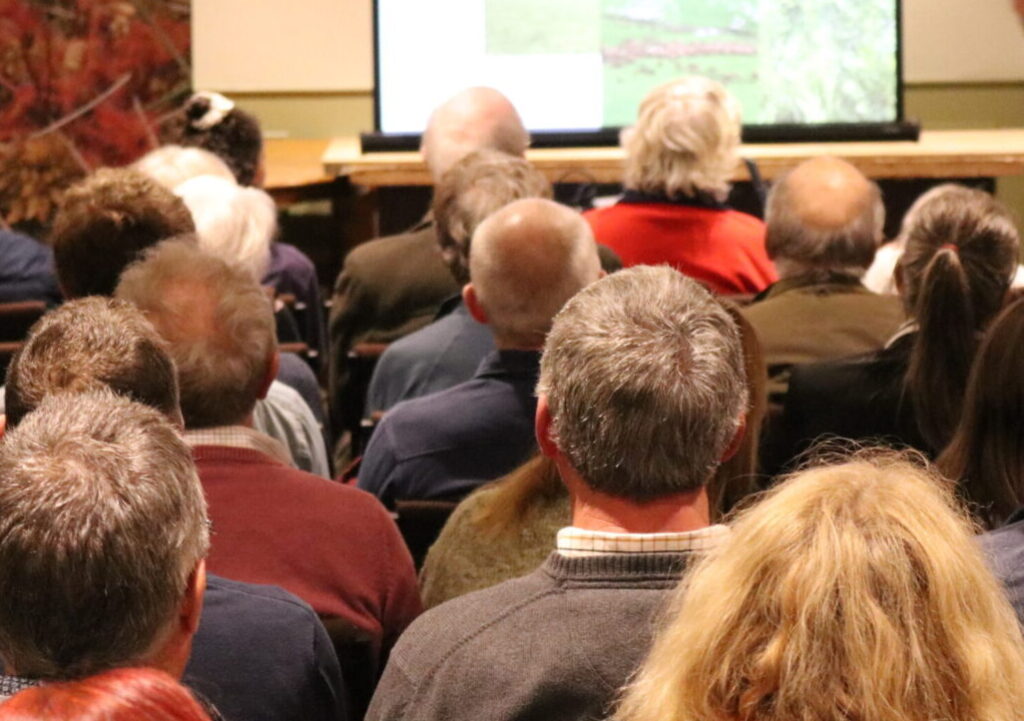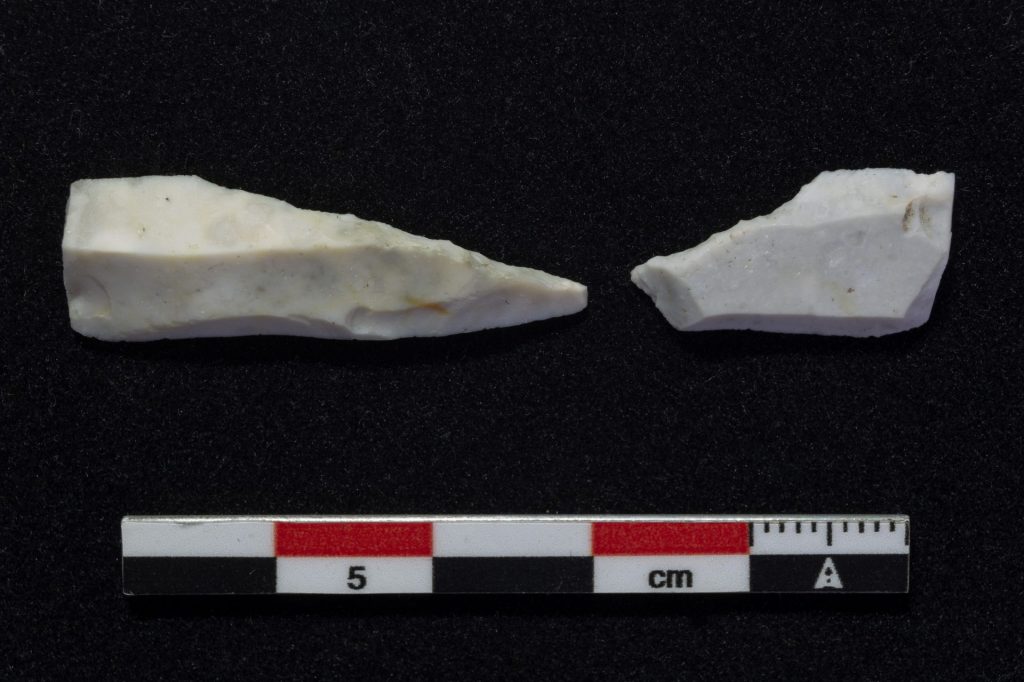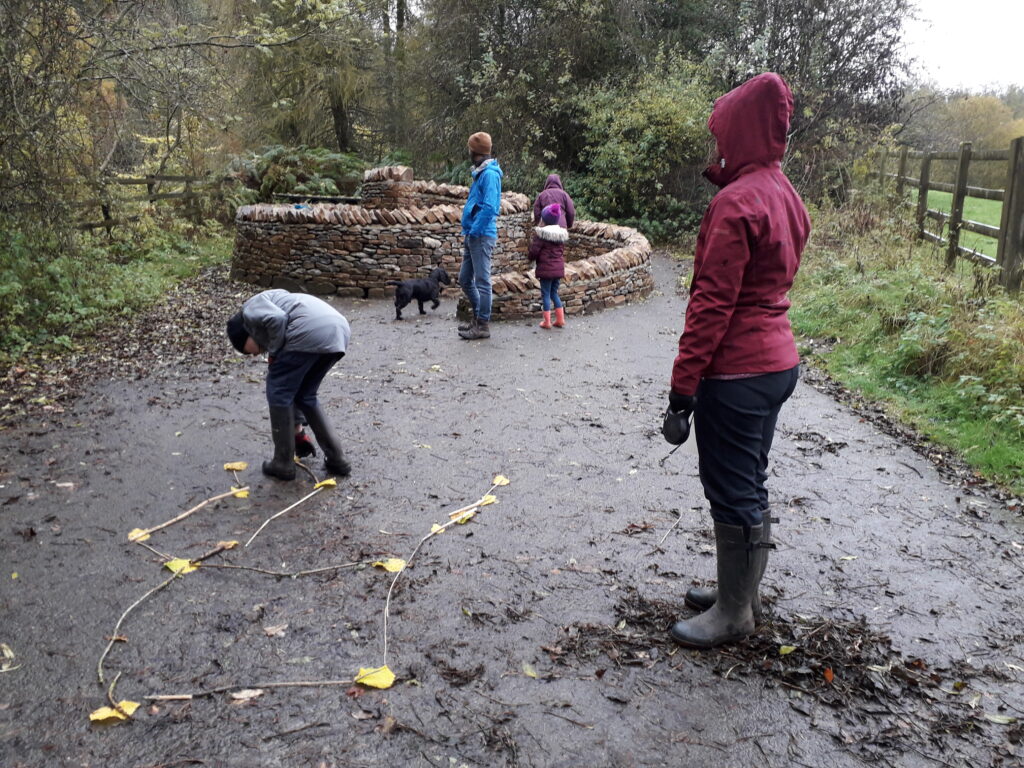News
Humble hedgerows
Humble hedgerows: what have they ever done for us?
By Tim Jacobs, North Pennines AONB Partnership
Since starting my role as Conservation Officer with the North Pennines AONB Partnership, working on the Fellfoot Forward Landscape Partnership Scheme, I’ve been pleasantly surprised by how many farmers in the area are really keen on hedges and have applied to the scheme’s Environment Grant to restore and create new hedges. One farmer even went as far as to say: “If my hedges and woods are no good, nor is my farm.”
So why is there so much interest in and news about hedges at the moment? It might be because there is increasing wider recognition of the many benefits they provide – for farming, wildlife, and us. And, of course, the more hedges created and restored, the more benefits there are.
For farming, a good thick hedge can provide invaluable shelter for livestock against the harshness of weather, especially at lambing time. For the Fellfoot Forward area, this can be even more important against the extreme Helm wind which can stress livestock and cause loss of condition. Have you noticed where stock go in hot weather when the sun is beating down? They head for shelter, and hedges play an important role in providing cool shady locations. If you have ever noticed cattle seeking out and stretching to wrap their tongues around hard to reach young hedge growth, they are trying to get some tasty variety, and extra vitamins and minerals which a hedge can provide.
It is now becoming more widely known that hedges can also provide valuable habitat and highways for wildlife. They provide strips and networks which join open ground and woodland together. These can be rich places for wildlife, allowing animals and plants to move through the landscape, whether its flitting birds, pollinating insects bobbing into flowers, small mammals scurrying for food, bats hoovering up insects, or wildflowers. Well-managed hedges, with plentiful nectar and pollen rich flowers, are great for pollinators, which are, of course, essential for insect-pollinated crops as well as wildflowers and the fruit we enjoy from our gardens.
Hedges don’t just support wildlife habitat above the ground, there is rich wildlife underground too. The soil biota beneath hedges, including root systems and hard-working earthworms, creates a healthy crumbly soil structure with plenty of air pockets. This good structure allows water to infiltrate into soil, slowing the flow of water through the landscape, and helping to reduce the likelihood of flooding downstream. Even the autumn leaves help to improve soil structure, being consumed and recycled by worms, and putting organic matter into the soil. This is a natural way of capturing carbon, helping to deal with climate change.
As well as being real assets for farming and nature, hedges are an integral part of our rich mosaic landscape, which so many of us dearly value with good reason. To sum up, our humble hedges are already doing a lot for us, and also have a lot of potential to give farms, wildlife, and the wider society even more benefits.
Here are some top tips to help with management of hedges:
- wait until late winter before cutting hedges so that wildlife can make the most of the fruits and berries;
- don’t cut in Spring when birds are breeding;
- for recently planted hedges – trim them back in their early years to make them bushier and thicker;
- consider laying a hedge rather than trimming it, which will make it thicker;
- don’t trim every year, unless you really have to. Most fruit and berries only occur on older wood, so trimming every year will deprive wildlife, such as winter visiting fieldfares and redwings, of their food. Many farmers trim on a three-year cycle;
- if you are trimming hedges with machinery, don’t try to hold the same height, size and shape as this will create a hard ‘knuckle’ top and sides and the hedge will become ‘gappy’ below. Instead, let them gradually grow a few inches with every trim, to make a denser hedge which is better for livestock shelter and wildlife;
- leave margins along the sides of hedges for wildflowers and wildlife. Even providing a bit of extra rough grassland along the sides of hedges will benefit insects, mammals, and provide food for hunting owls and kestrels; and
- remember to take a few moments to enjoy the wildlife living in and feeding from your hedges.
If you are interested to learn more about hedges, please take a look at:
Reservoirs of Life, an article by Phoebe Weston in The Guardian
Expert advice from Hedgelink















